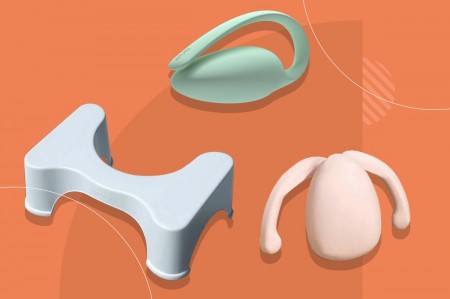
Advertisements
The pelvic floor is a powerhouse group of muscles and connective tissues that support many of your everyday activities. But pelvic dysfunction or pain can disturb these functions. Fortunately, pelvic floor therapy may offer some relief.
Video of the Day
Your pelvic floor muscles and tissue are attached to the bones at the bottom of your pelvis, per the University of Washington School of Medicine. Our pelvic floor does many jobs, including:
- Maintaining continence (bladder and bowel control)
- Stabilizing and supporting the lower body
- Supporting sexual sensation
In people assigned female at birth, the pelvic floor holds the bladder in the front, the uterus at the top and the vagina and rectum in the back, according to Loma Linda University Health. In people assigned male at birth, the pelvic floor supports the bladder, bowel, urethra and rectum.
Advertisements
But pelvic floor problems can mess with all of these functions. Here, a pelvic floor physical therapist explains the signs of pelvic floor dysfunction, why you might need pelvic floor therapy, what to expect from this treatment and how to tell if it's right for you.
What Is Pelvic Floor Therapy?
Pelvic floor therapy is exactly what it sounds like: physical therapy for your pelvic area.
"Pelvic floor physical therapy is the conservative first line of treatment for most types of pelvic floor dysfunction," Tina Christie, PT, CCE, senior physical therapist, certified childbirth educator and women's health program manager for Athletico, tells LIVESTRONG.com.
During pelvic floor therapy, a physical therapist who specializes in pelvic floor health will evaluate your strength and mobility (especially in your core and lower body) and prescribe exercises or treatment that can help with your specific type of pelvic floor dysfunction.
But is pelvic floor therapy right for you? In short, if you're experiencing symptoms that negatively affect your quality of life, therapy may be worthwhile, Christie says.






